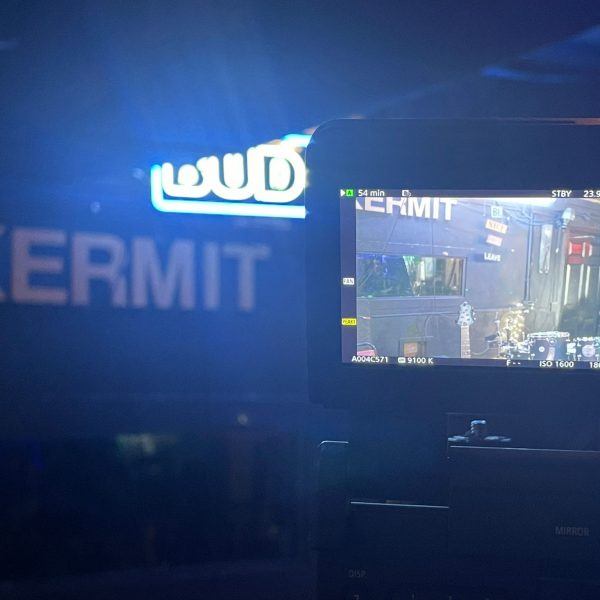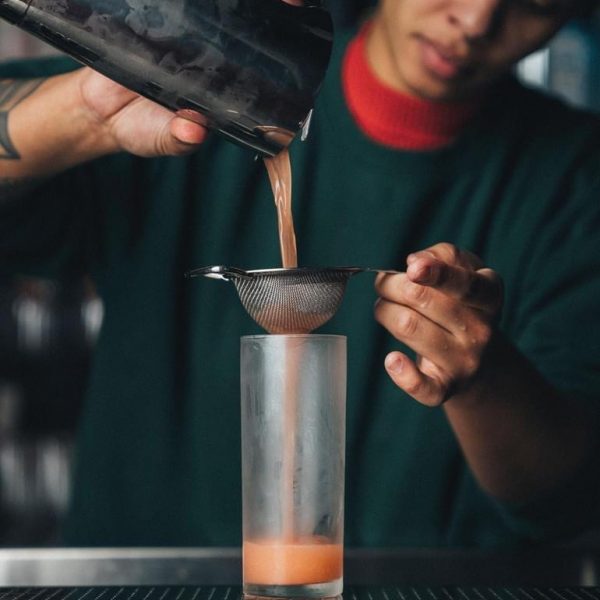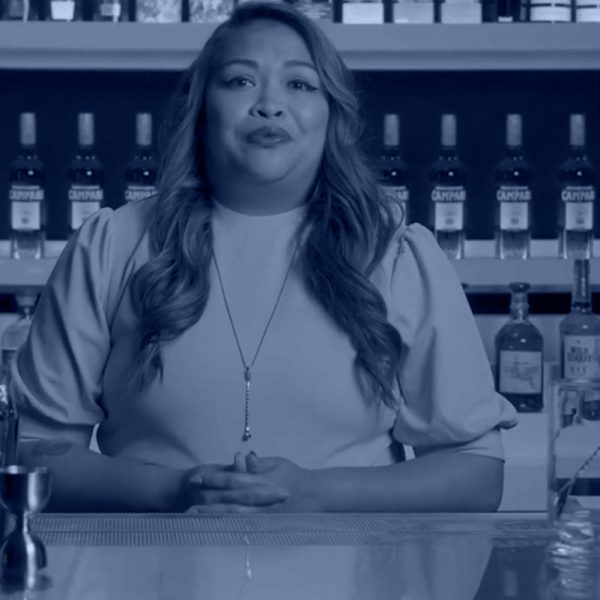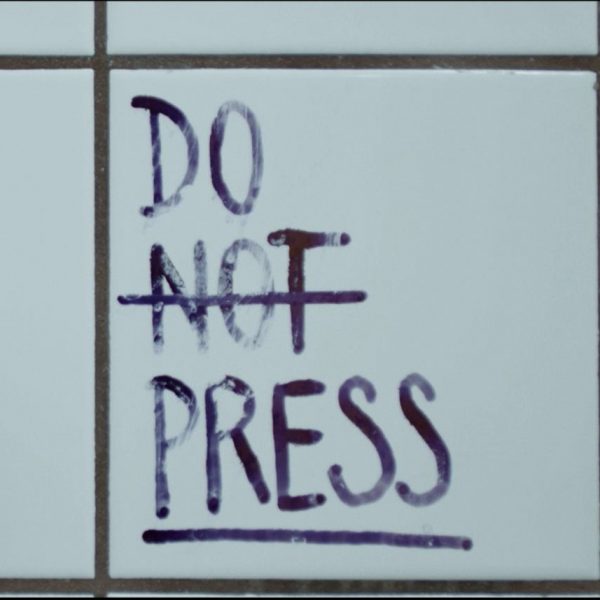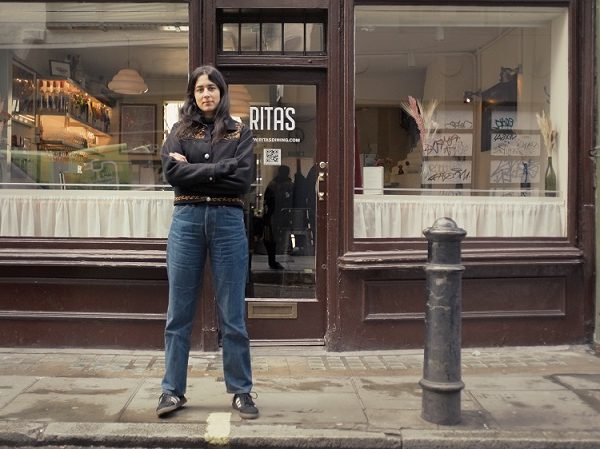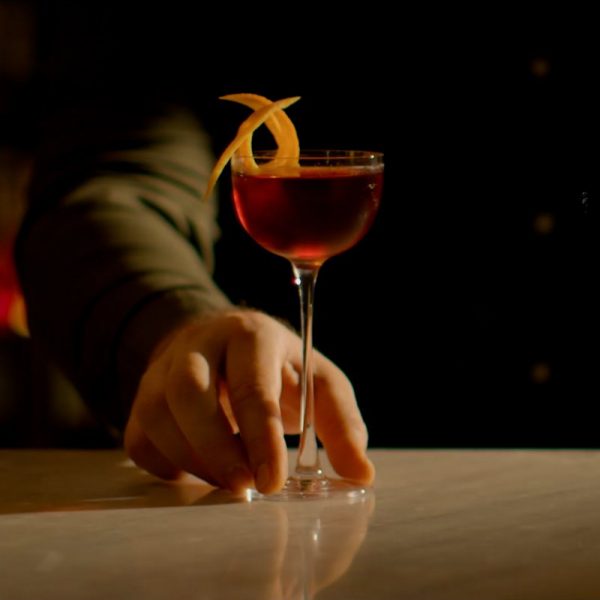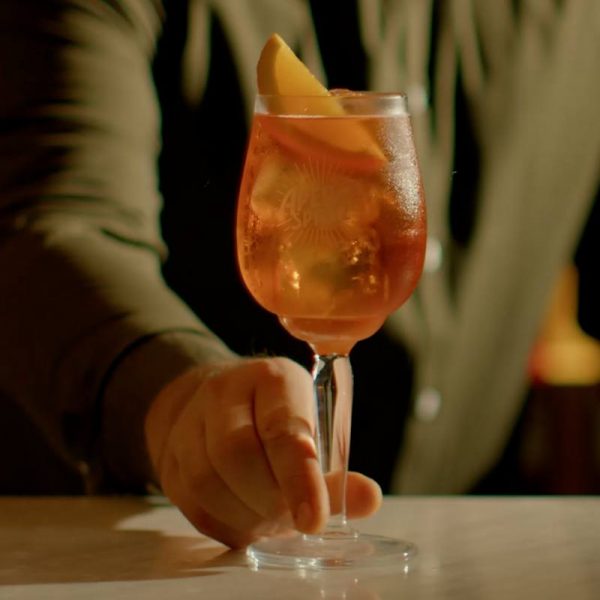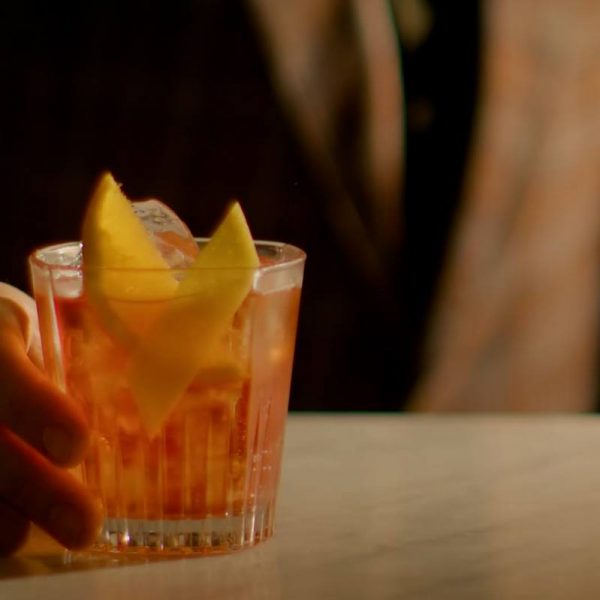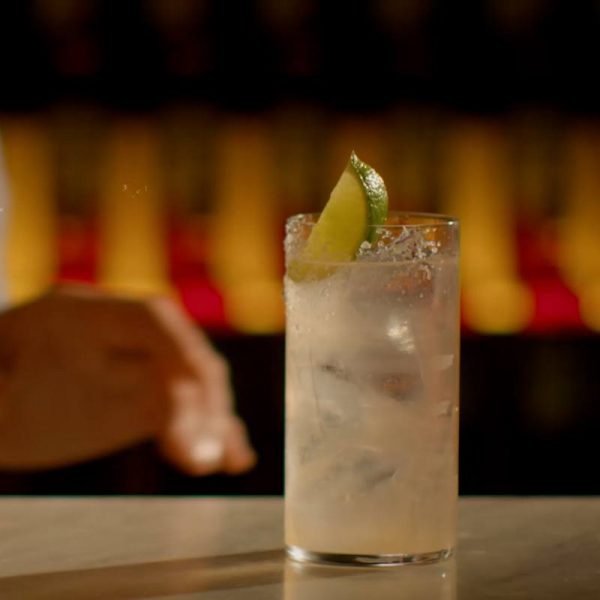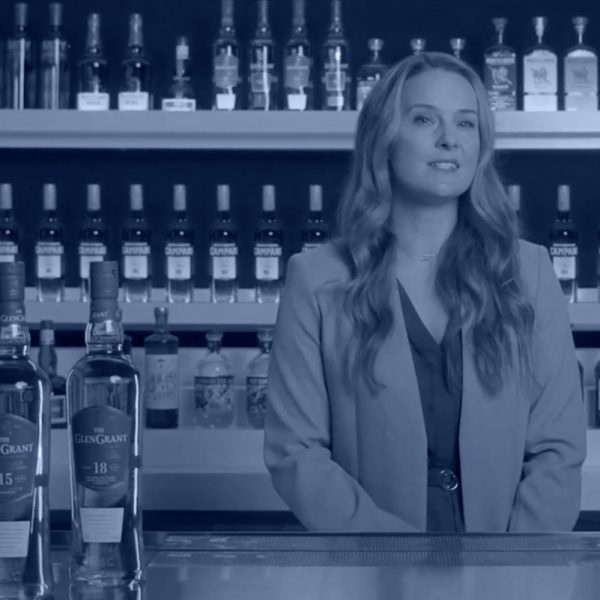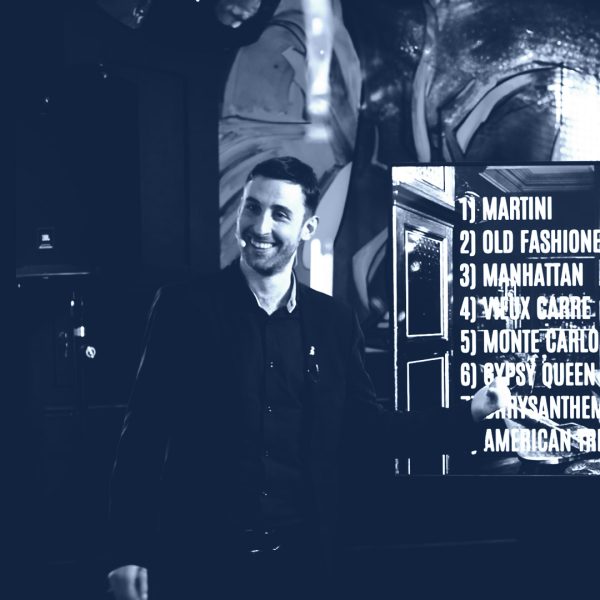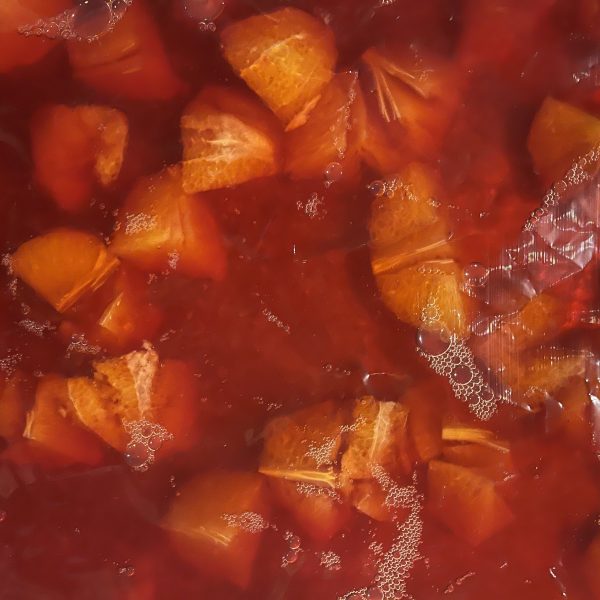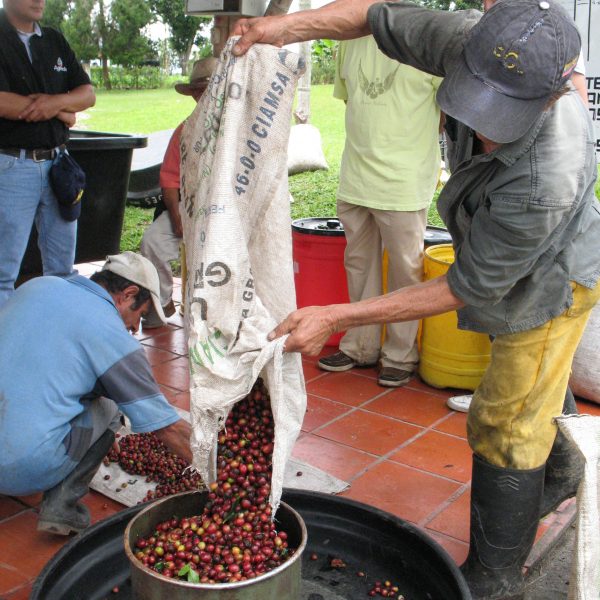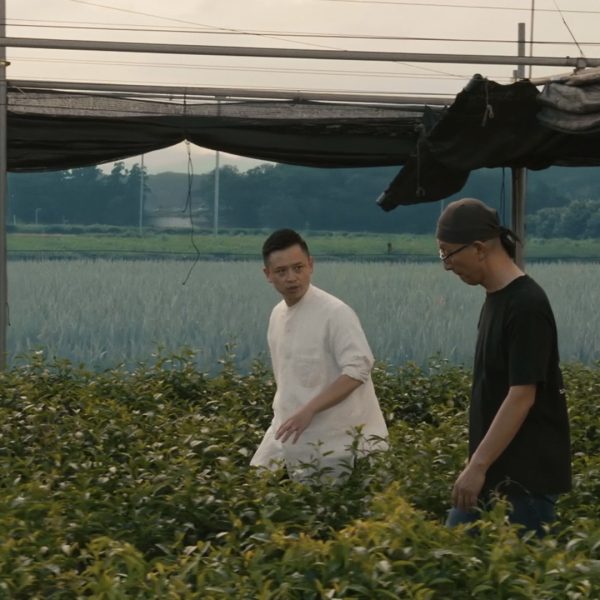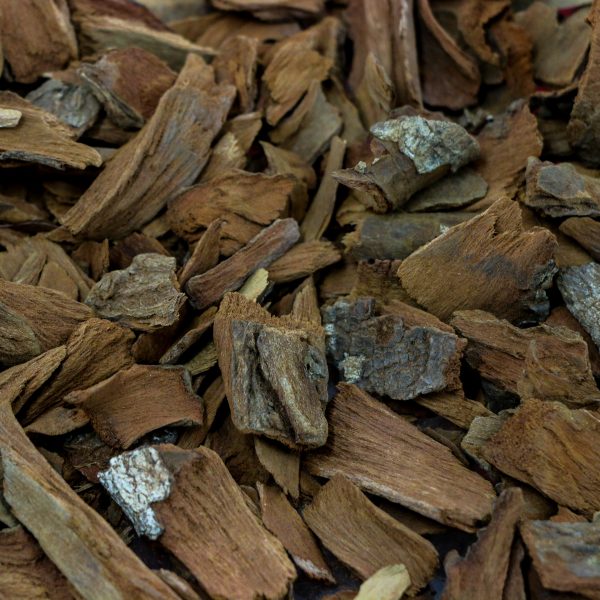The ugly movement: Embracing imperfect produce in your bar
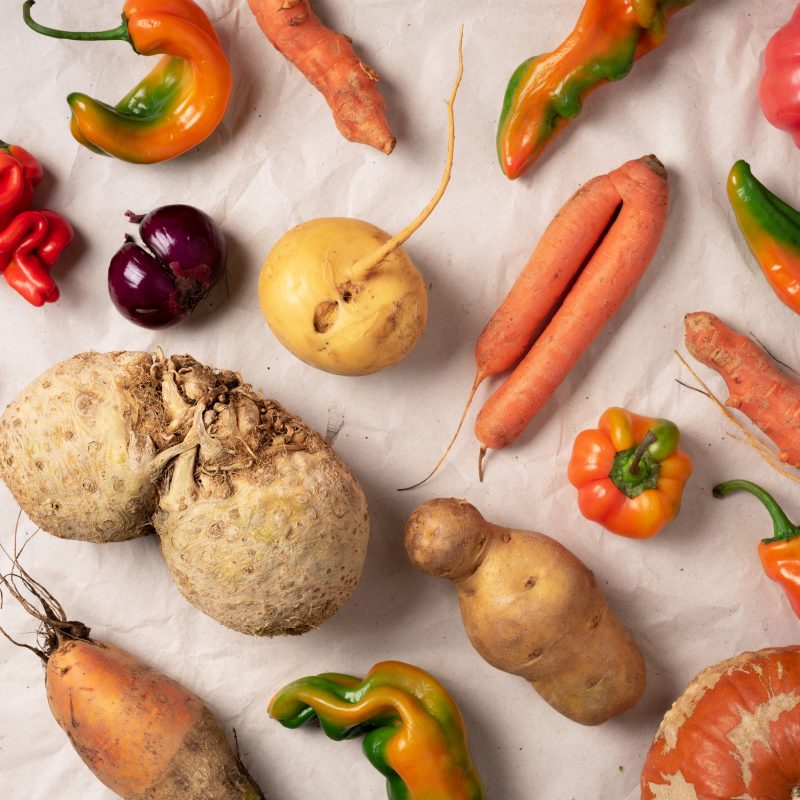
The ugly food movement has been fighting the food-waste-fight around the world, but there is still plenty of work to be done. Here, we outline the implications of food waste on our planet and explain how you can be part of the solution
When thinking about the journey fruits and vegetables endure, from farm to table and bar tops, you’d be hard pressed to imagine the rigorous checks they go through. Together with the mandatory health and safety standards that need to be met, fruits and vegetables are tasked with observing very strict cosmetic criteria in order to proceed and be presented to the general market.
For example, according to EU regulations: apples are required to weigh at least 90g; strawberries must measure 18mm or 25mm in diameter, depending on their class; lemons must contain at least 20% of juice; walnuts must respect controlled humidity percentages; bell peppers must not be sunburnt; and up until 1998, cucumbers must have had a 10mm bend over 10cm length (the rule has been repealed). And these are just to name a few.
The US market is apparently ruled by aesthetics: products must be blemish-free or not oddly shaped for them to reach the market. But even so, anywhere on the planet this could still not be enough. Once the law requirements are matched, buyers’ likes need to be satisfied, and that’s another obstacle. Wholesalers operate one more process, keeping all those products that just don’t look appealing off the shelves. So, where do all the unworthy fruits and vegetables go? Unfortunately, you might have guessed correctly. Aside from a relatively small amount of that going to landfill, the rest of it goes to waste.
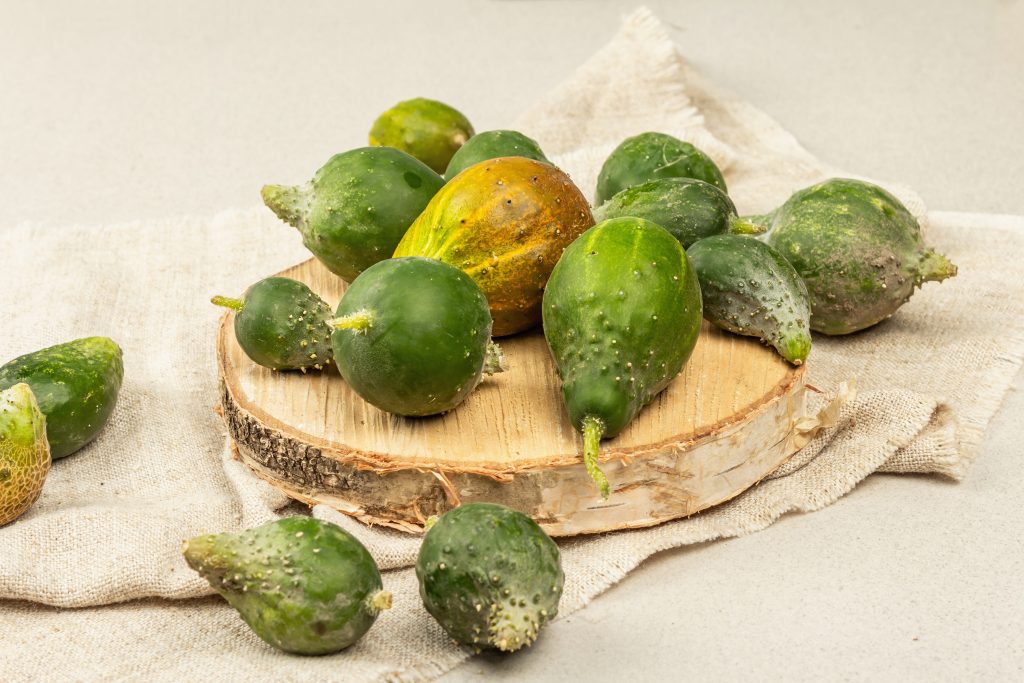
The big picture
1.6 billion tonnes of the food produced worldwide goes to waste every year according to The Food and Agricultural Organisations of the UN (FAO); that’s roughly one third of the total supplies the planet generates, adding up to a mind-blowing $160 billion in value. ‘If this wasted food were stacked in 20-cubic metre skips, it would fill 80m million of them, enough to reach all the way to the moon, and encircle it once,’ said The Guardian in 2016.
The economic implications of this issue are probably the most immediate that come to mind, but there are other big ones. The moral aspect, to begin with, cannot be overlooked: almost 830 million people are considered to be in danger of starving (UN data, 2021), a situation that got worse with the recent pandemic, and yet almost 33% of our food ends up rotting.
Plus, the environment suffers a very heavy blow from food waste: as FAO was pointing out almost 10 years ago, ‘if food waste could be represented as its own country, it would be the third largest greenhouse gas emitter, behind China and the United States’, due to the land, energy, water and resoruces unnecessarily needed to produce, process and get rid of it (food dumps release methane, a far more powerful greenhouse gas than carbon dioxide). Things did not change in the past decade: if anything, they got worse, but a movement is on the rise to combat these damaging habits.
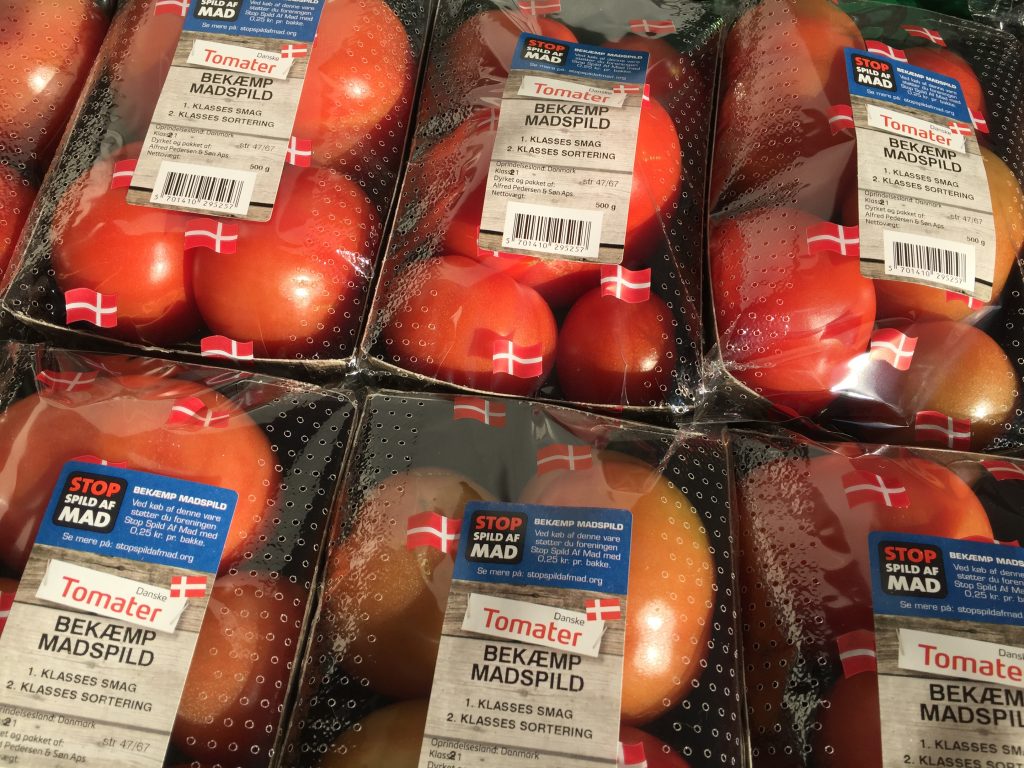
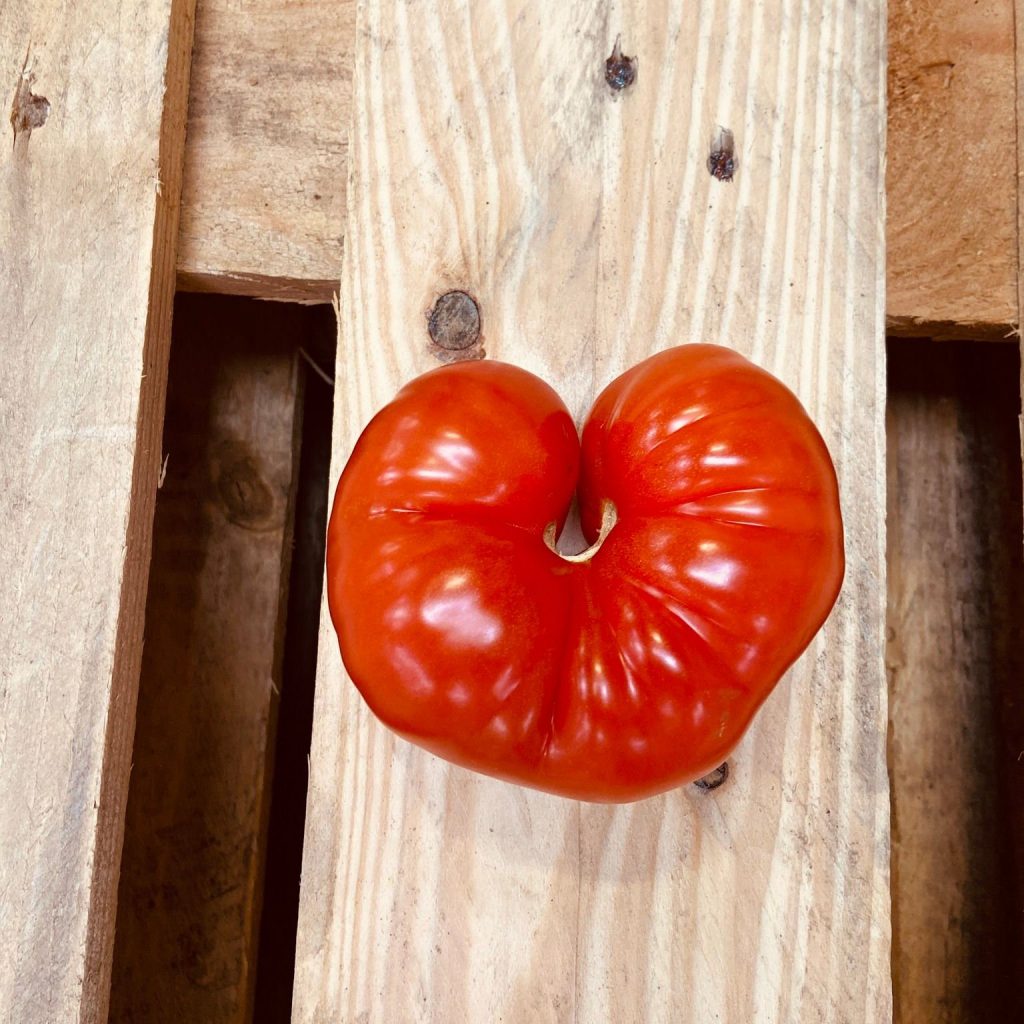
The ugly movement
The ugly produce movement took its first major steps around the mid-2010s, with Australia leading the way and Europe following suit. Associations, groups and actual companies were born, gathering their effort to re-distribute the food that would not make the cut to supermarket shelves or groceries baskets. Two were the main focus points of the action, right from the beginning: the nutritional values of ugly produce (which are often referred to with less direct terms, such as ‘imperfect’); and the price they are sold at, which is usually discounted up to 50%.
Australian NQR (Not Quite Right) was launched in 1987 as an outlet for bigger brands, selling products that have been overstocked, had their packing changed, or are close to their best before dates, thus avoiding perfectly fine goods to go to waste. Danish platform Stop Wasting Food was founded in 2008, and has since established itself as leading non-profit advocate for the cause, being involved in charity work, education, communication and active intervention about food waste. It is now a member of the European Commission’s EU Platform on Food Losses and Food Waste, collaborates with the United Nations and contributes to initiatives such as the doggy-bag distribution. Portuguese project Fruta Freia was born in 2013 in Lisbon, expanding to different cities all over the country. Local producers sell their small, big or misshapen fruit and vegetables to the organisation, which then sets two sizes of boxes and sells them to consumers associated with the cooperative, for an annual fee worth €5 and a price range that goes from €4 to €7.5, depending on the size of the box. The Italian NaturaSì opened an internal selling system for employees to buy exceeding or non-perfect products at discounted prices, plus organising a network with socially relevant organisations for these products to be destined for disadvantaged citizens.
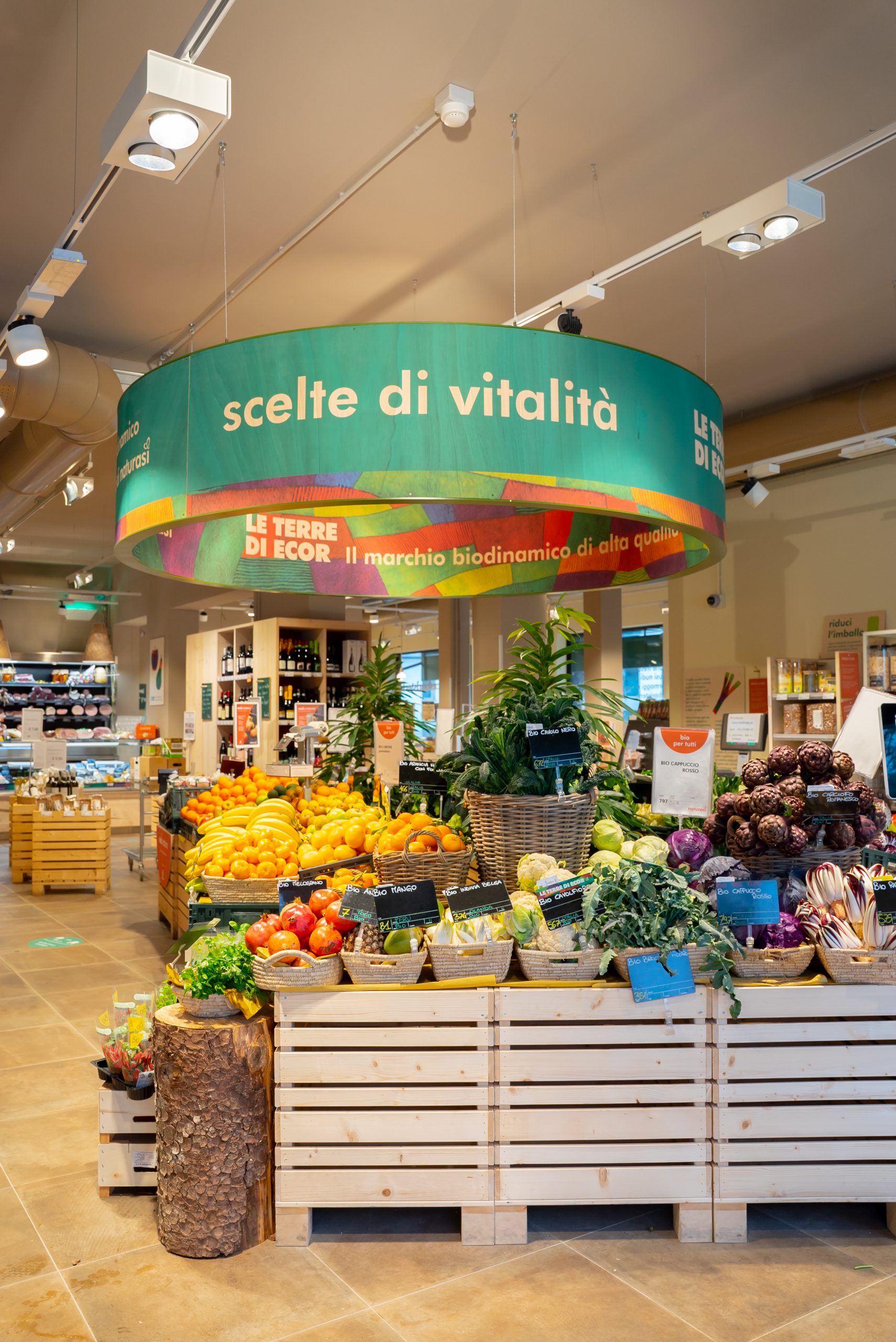
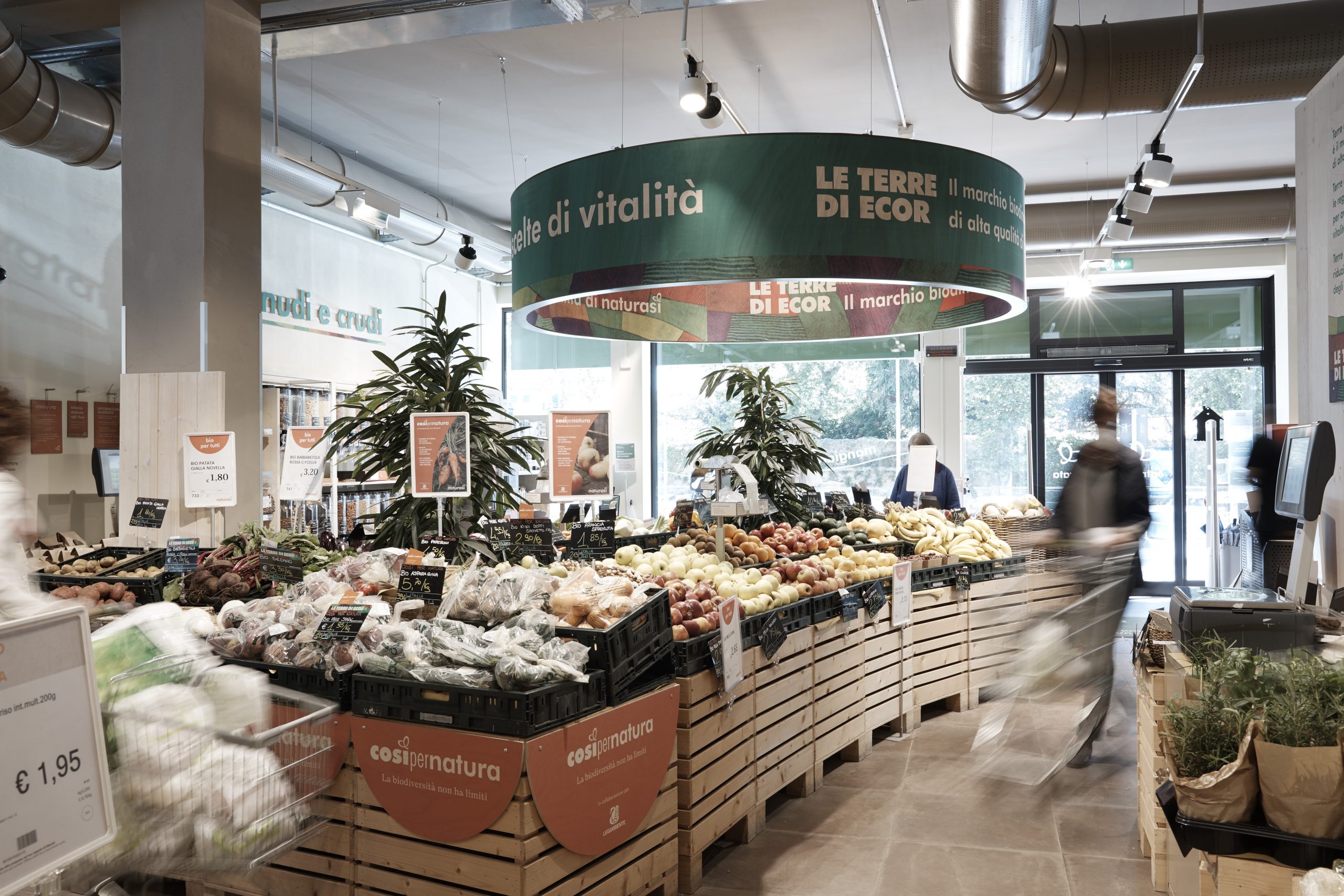
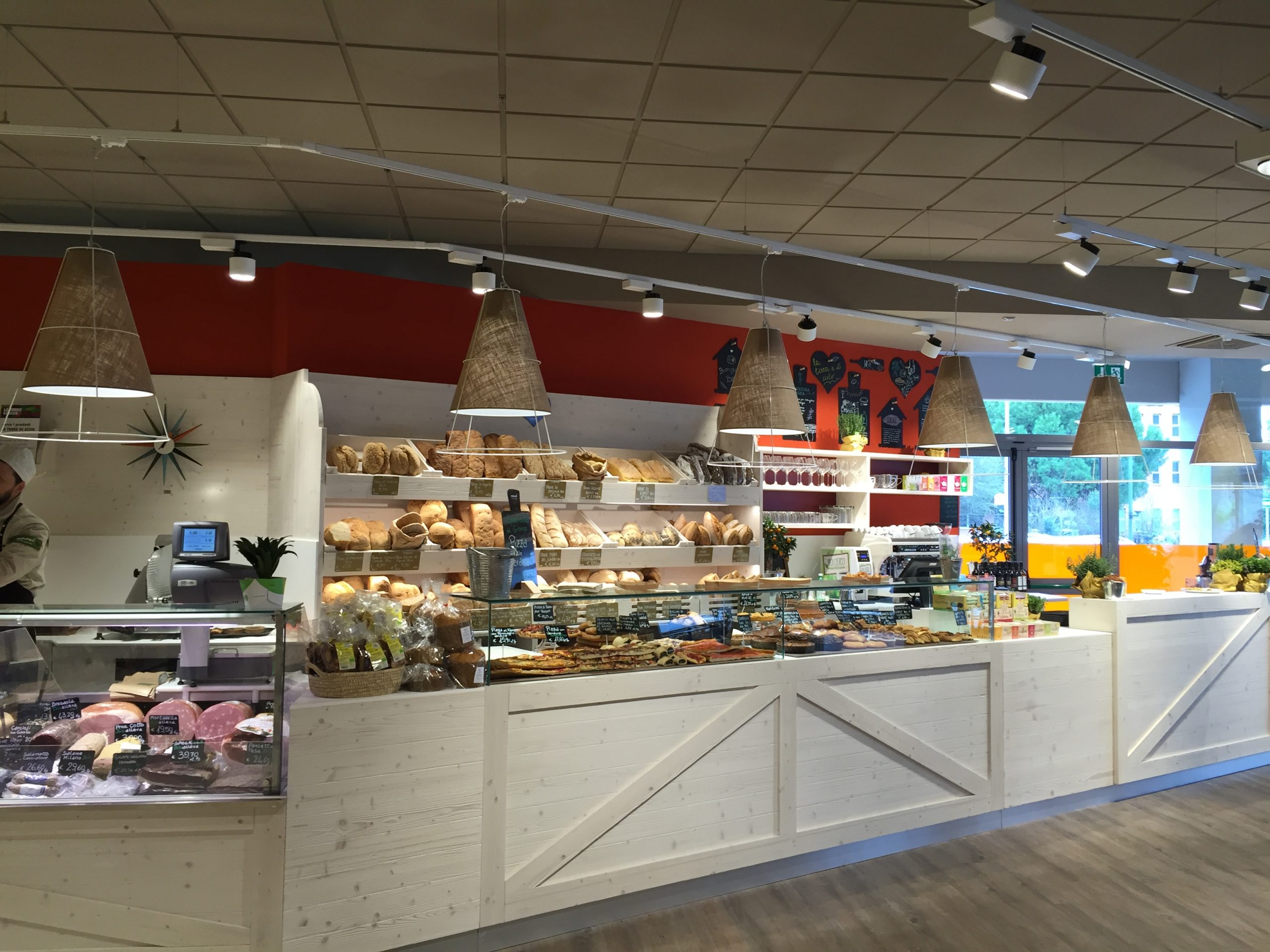
Something is changing
Governments are beginning to shine a light on the issue too: after the first steps were moved during 2016 council, the European Union has designed its Sustainable Development Goal, with a ‘target to halve per capita food waste at the retail and consumer level by 2030, and reduce food losses along the food production and supply chains.’
In 2020, Italy promoted a law which grants tax exemptions to food donors, being them businesses or private citizens (in 2016 the country established that food can be regularly donated to churches and charities), together with an educational program in schools; in France, retailers are forbidden to throw food, it instead being mandatory for them to cooperate with NGOs that work in assistance to those in need; while in California, Connecticut, Massachusetts, Rhode Island, New York and Vermont, all have regulations that prohibit food waste. All of the above have specific mentions of ugly produce, underlining how even at the higher decisional levels, the matter is finally being taken seriously.
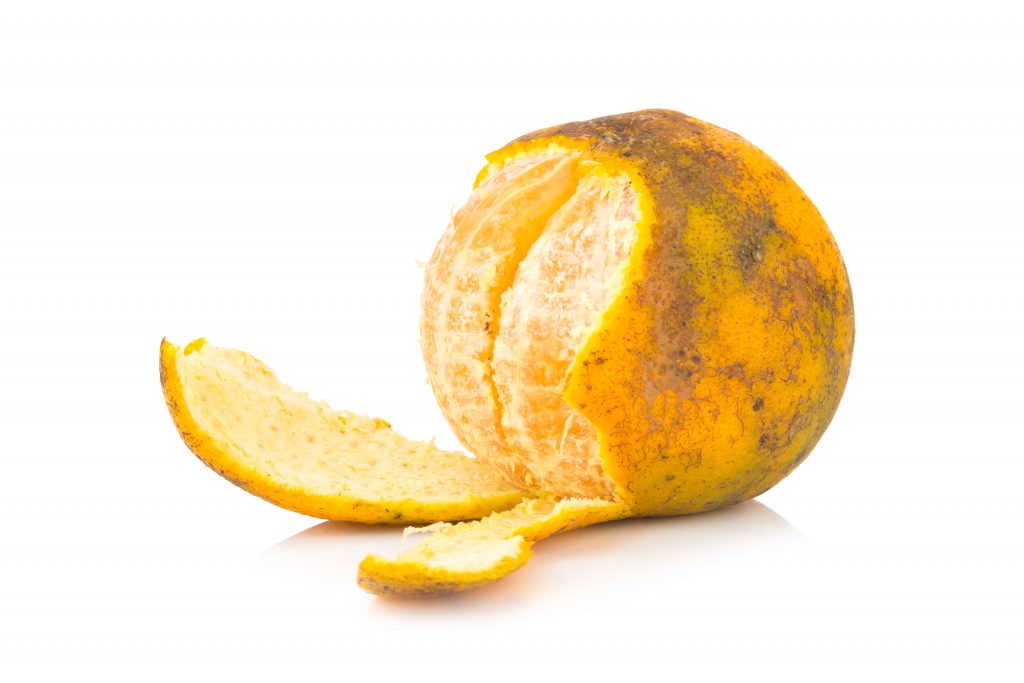
What can I do?
As a hospitality business, purchasing ugly produce does not only stand in the fight-against-waste category. Juices, jams, pulps, all kinds of preps can be obtained from ugly produce just the same as regularly marketed fruit and vegetables, if not better (according to EU, the minimum calibre of blood oranges must be 53mm, though the smaller ones are renowned for being more concentrated and tastier).
But the impact your buying choices can have on the whole community will be much deeper. By joining one of the many organisations that focus on ugly produce, the benefits are numerous.
You can:
- Support local producers, granting them extra income they would otherwise not receive
- Save money, making for a more economically sustainable business
- Contribute to a network of like-minded professionals that strive for a positive impact
- Avoid your own food waste by joining projects such as the Danish Too Good to Go, allowing non-expensive purchases and reducing environmental consequences
They may not be beautiful, but ugly fruits and vegetables are well-worth the effort.
Carlo Carnevale


